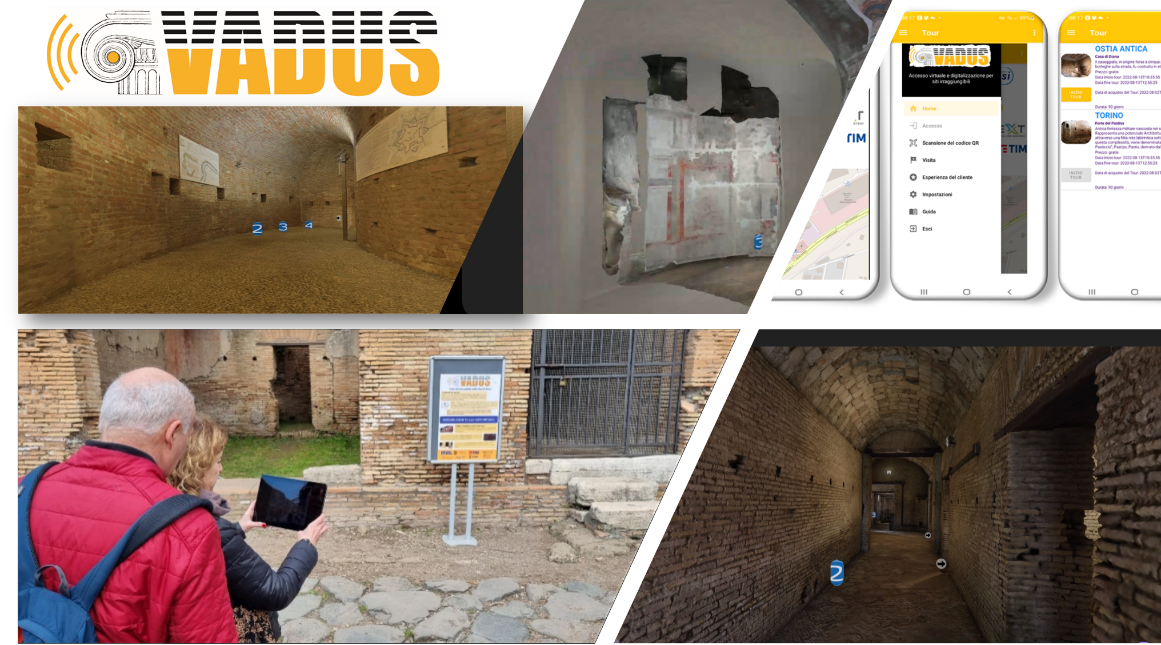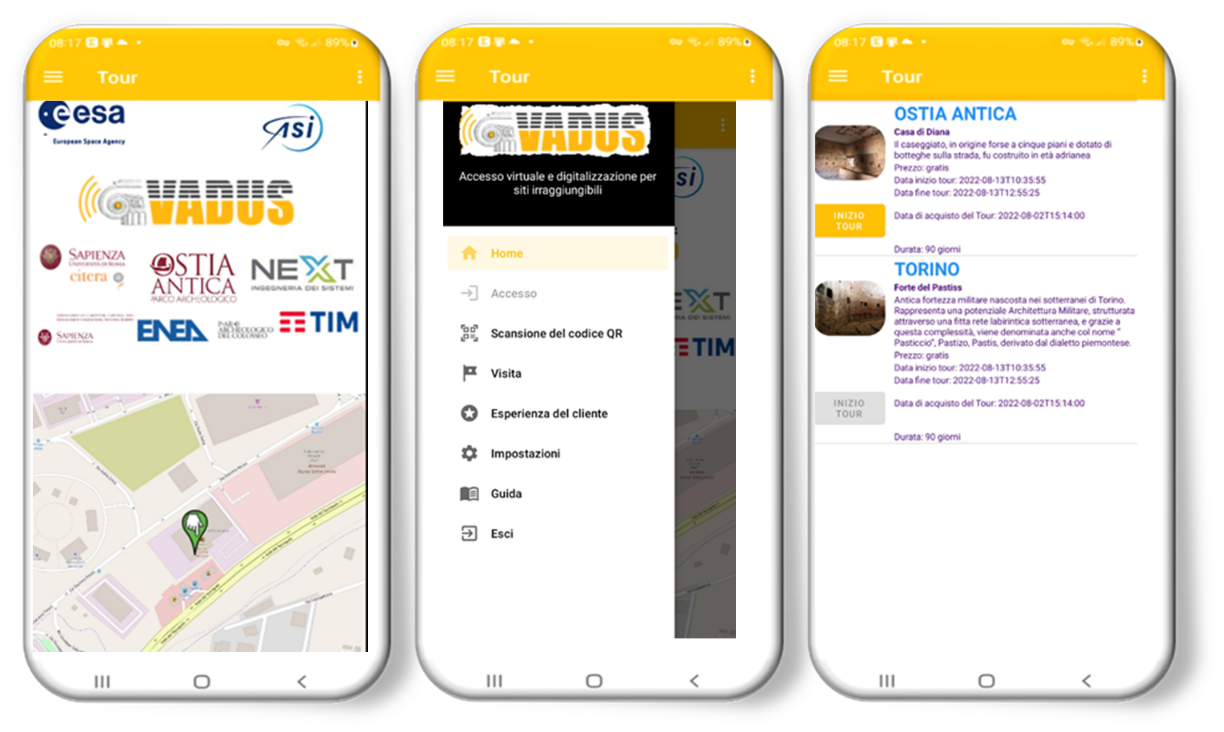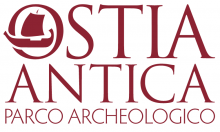
Objectives of the service

The project VADUS (Virtual Access and Digitization for Unreachable Sites) provides to tourists the opportunity to enjoy cultural heritage that is not easily accessible to improve the enhancement of archaeological and museum sites. VADUS, whose acronym in Latin means “ford”, realizes a metaphorical safe “way” of a virtual nature that overcomes physical and cultural barriers related to difficult access, reduced comprehensibility for the lack of some significant parts, presence of hidden or difficult to interpret cultural aspects.
AR/VR technologies are powerful tools to support touristic services, but many of them suffer of some drawbacks as user constriction at static position, limited personalization, “spectacularism” overwhelming the rigor of the scientific basis in the virtually reconstructed/recreated artefacts.
VADUS overcomes these limits by new AR/VR solutions based on personal devices (smartphone, tablet), digital contents tailorable on the specific customer profile and preferences, non-invasive laser-based technologies highlighting aspects nonvisible at the naked eye, as restored elements, overlapping painted layers and frescos, virtual model of surface in real and false color.
Users and their needs
Cultural tourism experienced a constant growing trend from 80s until the explosion of the COVID19 pandemia, which transformed a relative limited niche, in a mass market phenomenon, known as overtourism’. Cities such Venice and Rome are overcrowded by tourists interested in few sites/monuments, while the full cultural heritage remains hidden jewels for handful tourists: while the Coliseum is visited by around 7 million tourists per year, the Archaeological Park of Ostia Antica reaches barely 400 thousand.
So apparently two divergent trends are emerging: the need to sustain the local economies by increasing their attractiveness, while reducing the impact of tourists on fragile cities.
This apparent divergence can be overcome implementing and proposing new service for tourists to promote alternative cultural and historical sites and to increase their personal experience, knowledge and understanding of the visited areas.
VADUS target customers are any private or public organization managing historical and artistic sites:
-
Archaeological Parks;
-
Museums and cultural heritage Institutions;
-
Local Authorities and Communities.
The Archaeological Park “Colosseo” and Archaeological Park “Ostia Antica” are VADUS partners and have host demonstration sessions; moreover also the municipality of Turin is a stakeholder involved in the demonstration activities in the context of the Pietro Micca Museum.
Service/ system concept
VADUS develops a new set of services for the enrichment of tourists’ visit experience based on the convergence of AR/VR technologies with 5G and satellite services; this convergence, in conjunction with a cloud infrastructure for the centralized management of the VR/AR applications and different information layers, overcomes the need of a local IT infrastructure for the service delivery.
The main key winning elements of VADUS are:
-
The use of reliable virtual models, obtained through range and/or image-based technologies;
-
The use of diagnostic tools in the field of cultural heritage, developed for conservation and restoration;
-
The validation of the information layers and virtual models by the delegated authorities;
-
Personalization of services allowing each user (tourist or professional) to choose from a list of services and select the ones that best match their expectations, as zoom and details selection.

The virtual visit is implemented for each the involved site through innovative modelling techniques and virtual reality platforms. The developed App can be used through a common Android mobile phone or tablet with 5G connectivity.

Space Added Value
The following Space assets have been integrated inside the VADUS Project:
-
Navigation by the Galileo High Accuracy Service (HAS), that offers high accuracy with a convergence time on the order of five minutes;
-
Communication by Satellite/5G service, as 5G communication is of crucial importance to allow the fruition of the developed virtual visit. The convergence between 5G and Satellite offers new operational scenarios.
Current Status
The VADUS project held in October 2023 the final review having performed all the pilot demonstration activities in the involved sites
The demonstration activities have been developed in the following sites:
-
“Casa di Diana” at Ostia Antica (PAOA) is one of the most important buildings in Ostia, normally not open to the public.
-
“Fortezza del Pastiss” at Turin, with permission from Museo Pietro Micca a military infrastructure one of a kind: with a 360-degree defense like a modern stronghold, Rediscovered at the end of the 1950s
-
“Casa dei Grifi” an ancient Roman house on the Palatine hill, the best-preserved example of a house from the Republican era in Rome.
-
“Aula Isiaca” at Colosseum Park (PARCO) an underground room found under the so-called basilica-auditorium of the Domus Flavia on the Palatine Hill in Rome
During the assisted demonstration, the VADUS team provided smartphone and tablet to access the virtual visit, move freely within the reconstructed area using the touch screen, and access in-depth multimedia content.
Results collection allowed to evaluate and improve the Vadus services.




Prime Contractor(s)
Subcontractor(s)







